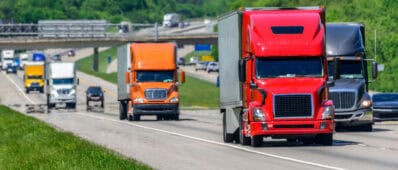Abstract
Connected and automated vehicles (CAV) have the potential to confer large benefits to California in economic development (job creation) and in improving the operation of its road transportation network. CAV systems are likely to become one of the most important application domains for modern information technology, employing large numbers of highly skilled people in research, development and implementation wherever the companies that are developing these systems find the local environment most hospitable. The CAV systems are expected to produce significant improvements in roadway capacity, traffic flow smoothness, driving comfort and convenience, energy efficiency, pollution reduction and traffic safety.Realizing those benefits will require a serious investment of attention and resources by the State, because these technologies need nurturing to facilitate their deployment. The required actions include a mixture of investments in developing the needed knowledge base and in establishing an appropriate policy framework.





